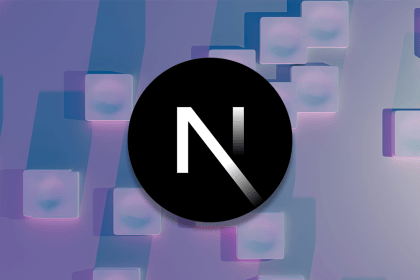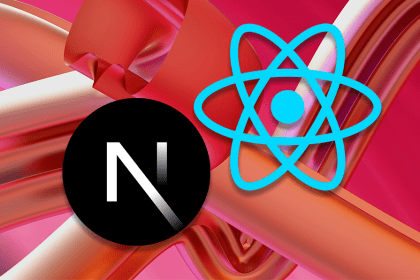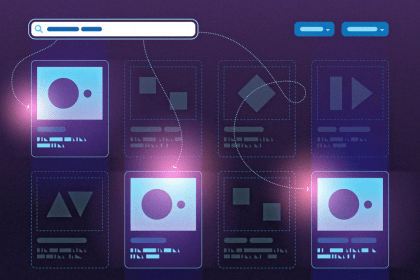
Looking for a Next.js alternative and want to keep using React? Discover the best frameworks to consider and where they shine.

Learn the best 2025 methods to import SVGs in Next.js 14+, with tips on performance, styling, and App Router integration.

Learn the ins and outs of Next.js middleware, which allows you to perform actions before a request is completed and modify the response accordingly.

A critical auth bypass vulnerability in Next.js lets attackers skip middleware checks by faking the x-middleware-subrequest header.

There’s been major controversy surrounding Next.js’s openness. Discover how OpenNext is addressing the bubbling issue of Next.js portability.

Learn how to manage environment variables in Next.js, which influence how an application behaves in different contexts and environments.

Image component to optimize imagesExplore automatic image optimization using Next Image, the built-in image optimization solution for Next.js.

With features like automatic prefetching and seamless integration with dynamic routing, Link helps you create a fast and responsive web application.

Explore the most critical CORS headers and how to configure them in Next.js, as well as how to handle common CORS in Next.js errors.

Explore the developer experience for Next.js vs. React and how recent releases have affected them, including Next.js 13 and React 18.

Optimize search parameter handling in React and Next.js with nuqs for SEO-friendly, shareable URLs and a better user experience.

Choose the rendering technique for your Next.js application, whether it’s client-side rendering, server-side rendering, or pre-rendering.